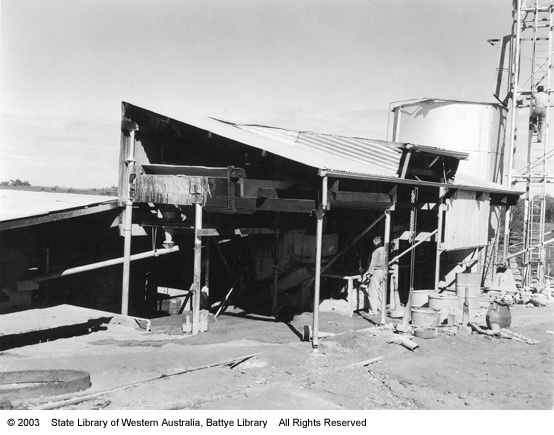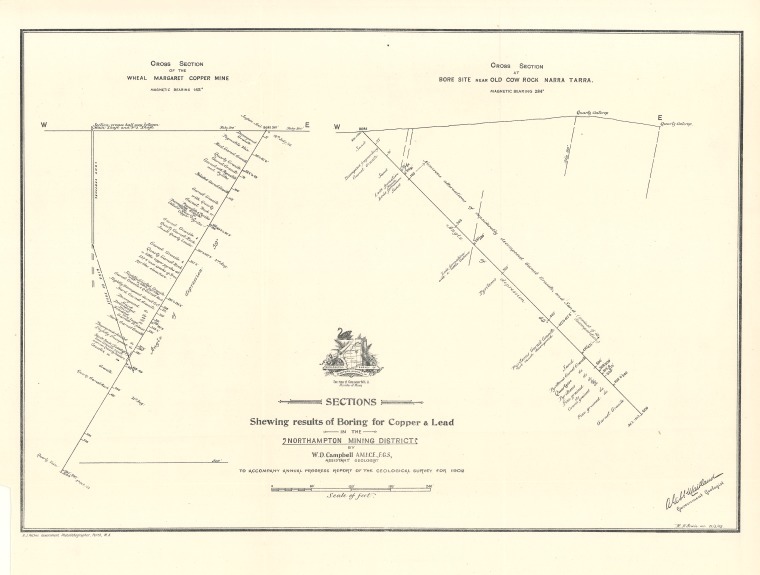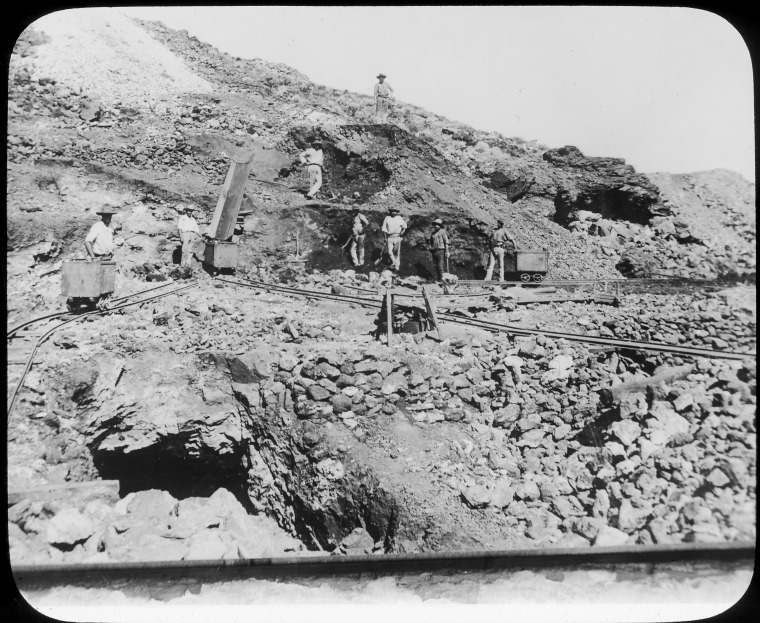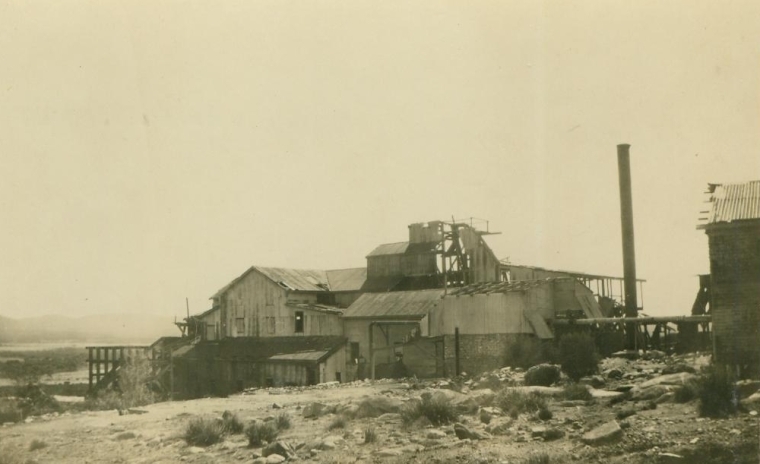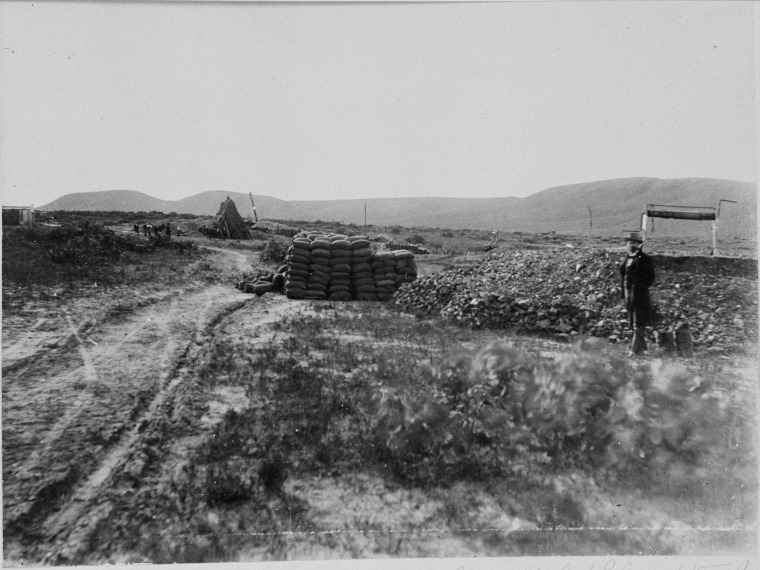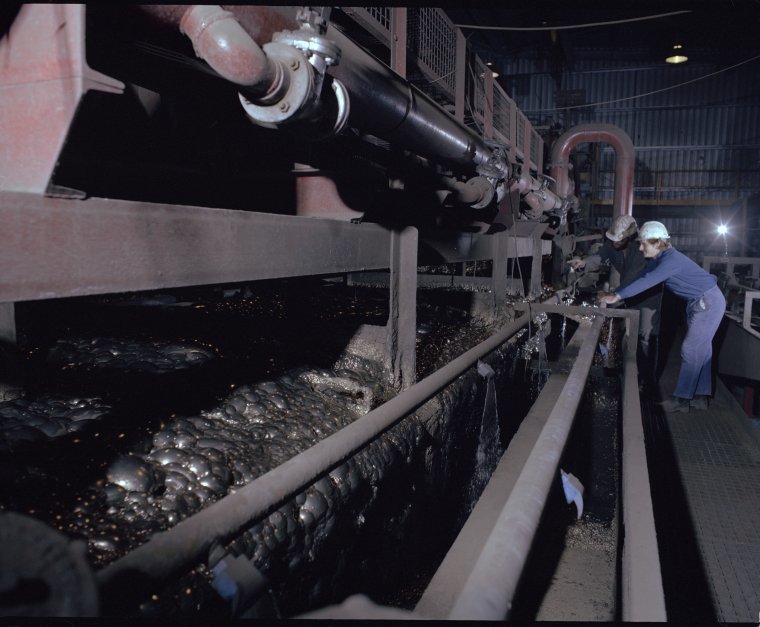Lead, Copper and Zinc
Base metals copper, lead and zinc, are often considered together.
Lead
The first commercial mineral development in the state was a lead mine at Galena, north of Northampton, in 1849. Further lead and copper ores at Northampton were discovered in 1855 and mined during the 1860s and 1870s until the lead price fell sharply in the late 1880s.
Mining resumed from 1910 to 1930 and 1950 to 1970 when lead prices rose significantly as the result of high demand and tight supply. During these periods production also occurred in the Ashburton, east Pilbara and west Kimberley areas. Large deposits of lead mineralisation were recently discovered in the Glengarry Basin. Although of low grade, the discovery has highlighted a possible new base metal province in the state.
Copper
Copper was found at Whim Creek in 1888, Murrin Murrin in 1898 and Ravensthorpe in 1899. From 1900 to 1920, copper was produced from oxide ores in these areas, usually through small local smelters. The Ravensthorpe mines were re-opened during the 1950s and 1960s to treat lower grade sulphide ores. Copper was also produced as a by-product from nickel and gold mining operations at Kambalda, Telfer, Boddington and Horseshoe Lights. Production of copper from the Nifty deposit near Telfer began in late 1993.
Zinc
The only zinc produced in any reasonable quantity in recent times has been at Teutonic Bore (north of Leonora), Golden Grove (east of Geraldton), and Cadjebut (Kimberley). Zinc production from these sources is already greater than all the copper and lead produced in the state since 1849.
The largest base metal operation in Western Australia is the Golden Grove Mine which began operation in 1990. It produces copper, lead, silver, zinc and gold. Ore reserves at their Scuddles and Gossan Hill deposits indicate a mine life of about 30 years.


